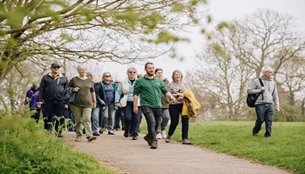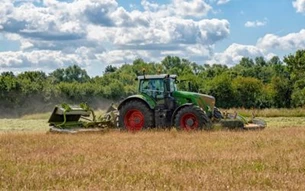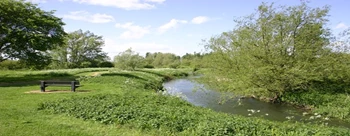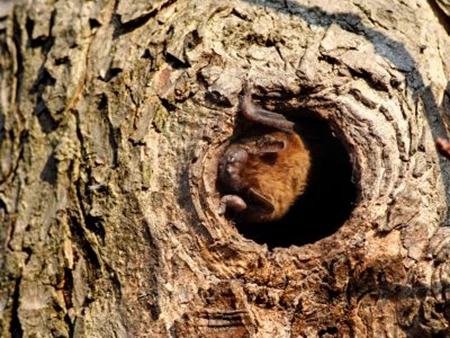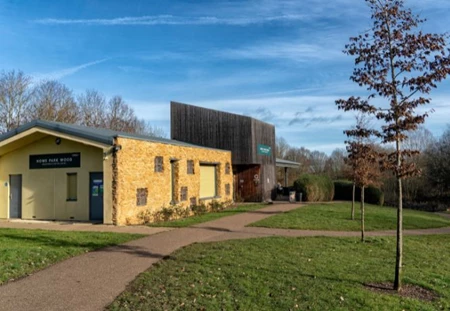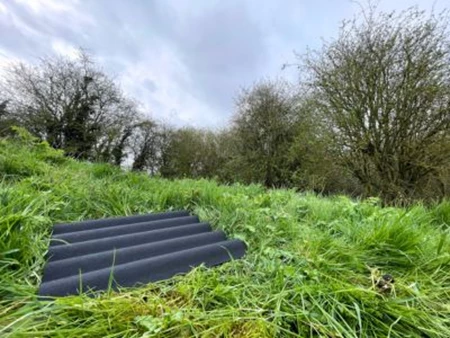Simpson Manor House
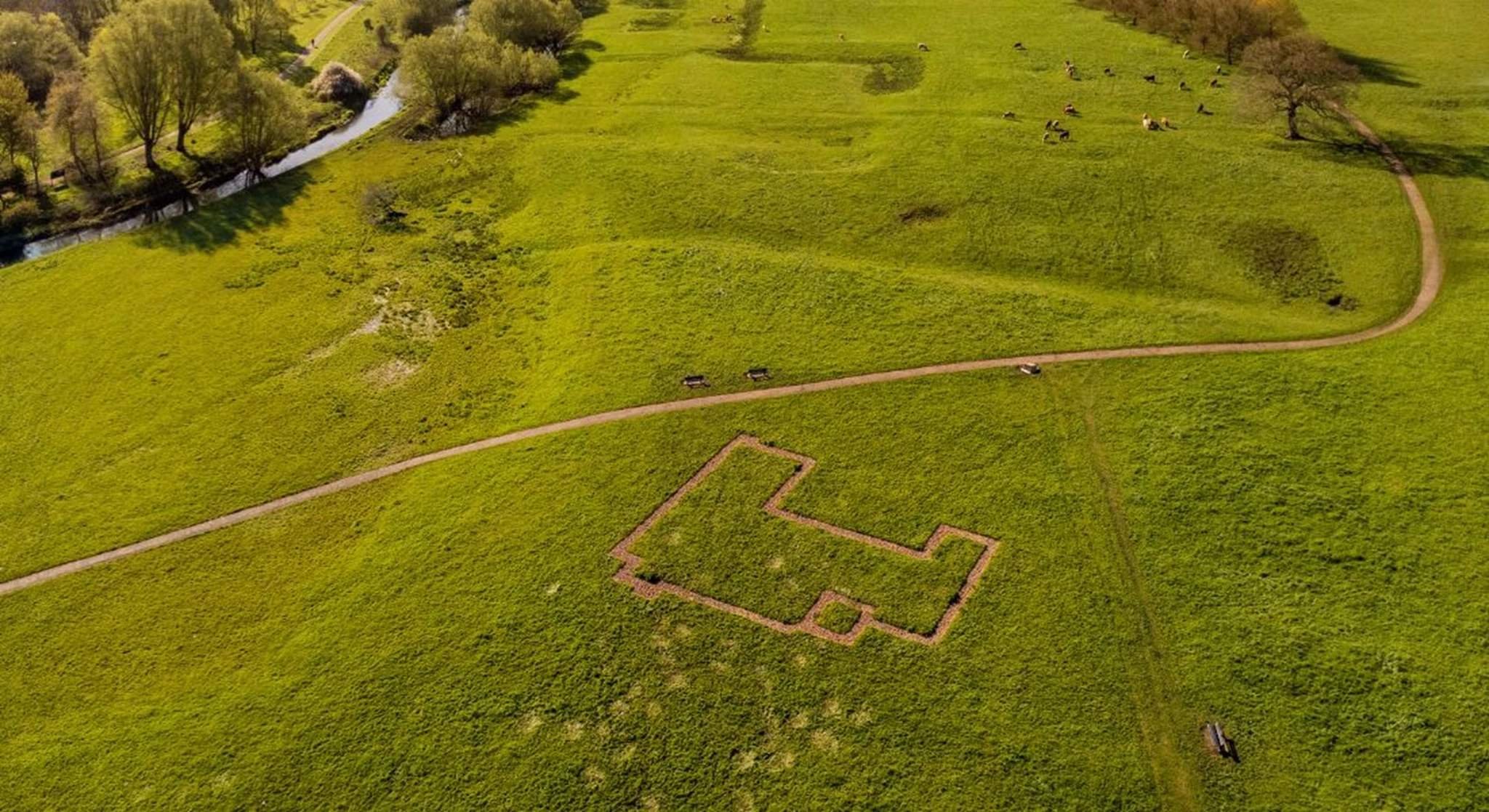
The scheduled ancient monument at Simpson contains earthworks showing the buried remains of the manor house. The house was destroyed in 1810 by the Simpson manor landowner at the time, Charles Pinfold and reverted to farmland. In addition to the manor house, there are also earthworks on site that include evidence of a landscape garden, moated ditch and medieval fishponds.
The map below is based on an estate map dating to 1781 titled the area as a ‘Mansion House and Pleasure Garden’. It shows avenues of trees running southwards from the house and fishponds towards an artificial lake with a bridge crossing to a mill using the course of the river. You can also see that there was a kitchen garden to the south of the manor house. This was planted on a raised platform which had a moat all around it. Originally, this moated platform was probably the site of the original medieval manor house.

Simpson has a long heritage and was mentioned in the Domesday Book. Prior to the Norman Conquest, the small manor of Simpson was under the ownership of Edward the Confessor’s wife Queen Edith. Upon her death in 1075, Simpson was granted to the Bishop of Coutances, a trusted advisor to William the Conqueror. The manor then passed into the hands of the De Grey family (a significant Norman family) who had the landowning of much of the area during the early medieval period.
Look out for the information board on site to learn more about Simpson Manor House. For more information about nearby Simpson village, please see the transcript of the original panel below.
From here you can walk to Caldecotte Lake, along the Ouzel Valley or into Simpson Village.

